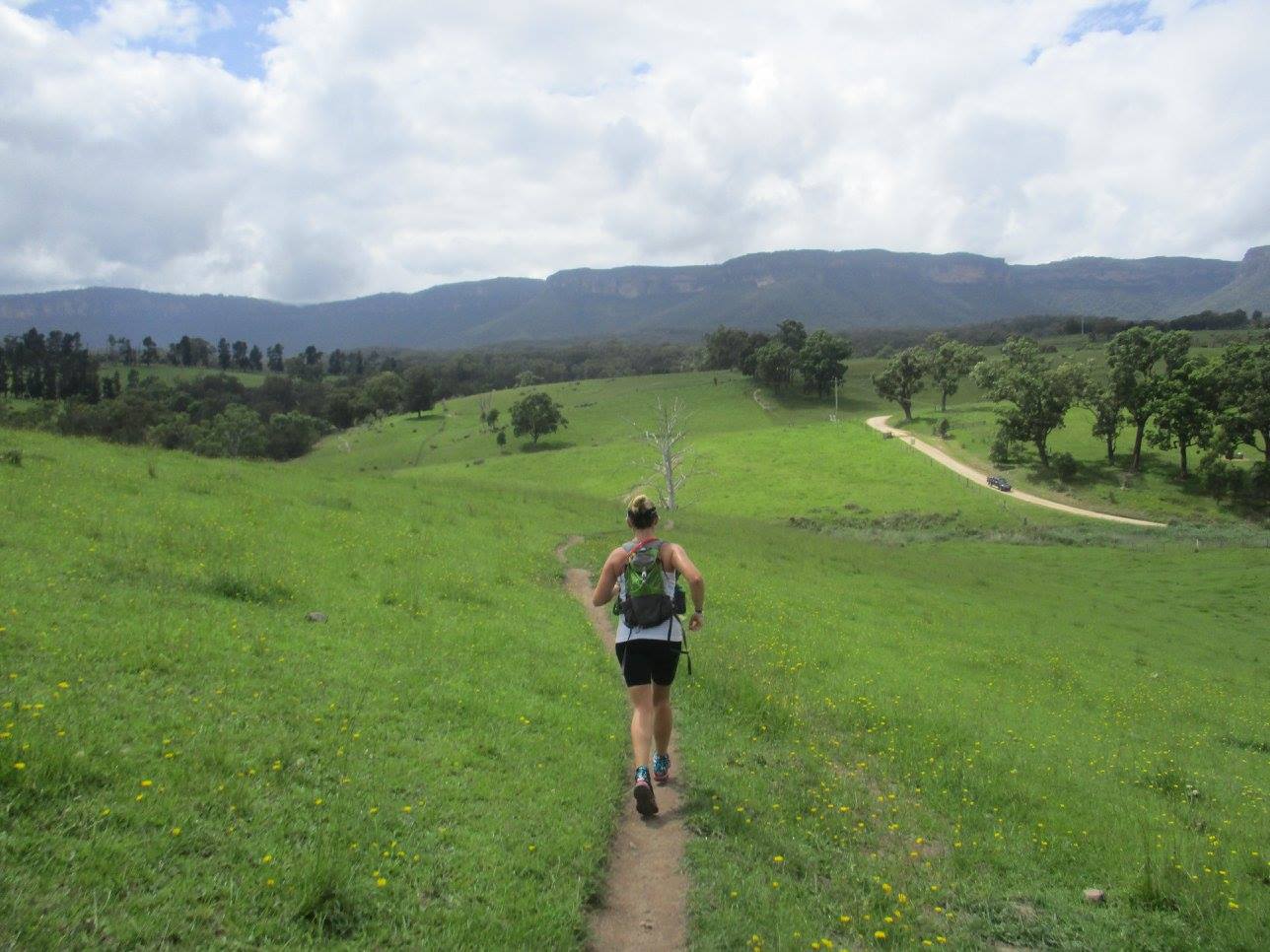So you have decided to up the distance and enter a longer event. You may be running a half marathon, a marathon, or even an ultra-distance race. It is important to know where the long run will fit into your training.
The long run will soon become one of the most important aspects of your training regime. It is important to know that long runs form an important part of any running program, not just those wanting to compete over half marathon distance, so even if you are training for a 5 or 10km event, the long run should form part of your training plan.
The aim of the long run is to enable you to feel more comfortable over distance and it does this by working on a few key factors:
- it increases your ability to burn fat as a fuel source over glycogen which helps you to go longer
- it increases the volume of blood that is pumped from your heart (VO2max) which allows greater oxygen efficiency to working muscles over a longer period
- it prepares your muscles for the event itself, working over the terrain intended for a long period of time, decreasing the chance of injury as you build up week after week
- it increases your endurance because of all of these things
- it allows you to practice your fuelling strategies for your coming event and how your body will respond
- it increases your confidence to finish your event as you have already run over a certain time or distance
So how long is long? Well this is a relative thing and really an individual thing, but normally you want to make your long run around 20-30% of your weekly mileage. So if you are running 100km a week, your long run should be around 20-30km. Of course this increases and decreases across the course of your training program, and ideally you will have weeks where you are working on building your volume and other weeks that mileage is backed off a bit, and weeks of tapering down to your race. Over the course of a marathon plan you may start at around 1-1.5 hours for your long run and increase to 3-3.5hours and taper down again. This will be less for half marathon or 5 or 10k events.
If you are running ultra events, your long run will be a lot longer than this when you are in the peak of your training, given the distance you are undertaking.
So where should you run your long run and what should you focus on when doing so?
- Your long run should be run wherever you can safely run for a long period of time. You may choose to do your long run on loops of a park or you may choose a trail, you may even choose a race and do your long run instead of racing.
- You should practice running and fuelling on your long run, simulating the conditions that you may be racing under for some of the runs; so if you need to wear a pack, wear it for your long run. Practice taking in the fuel that you plan to use on race day and make sure you get adequate hydration along the way.
- Your long run should be run at a comfortable pace, ie. a pace that you can hold a conversation easily. If you are finding it hard to breathe and you are tiring early on, then chances are that your pace is too fast and you need to slow down. Your tempo efforts and sessions during the week are for increasing your pace, not your long run. You may however run some long runs with a race pace effort as part of the long run in your training to prepare you for racing.
- You should do your long runs either alone or with someone that can run the same pace as you so that you don’t run too fast or too slow for your desired goal, otherwise you are at risk of hitting the wall in your long runs or doing them at a tempo effort and not completing the set time required.
- it is easier to make your long runs more bearable if you do them with someone or at a place that is interesting and has a good view. Avoid doing your long runs on hard surfaces where possible and leave that for race day.
What do I do after my long run?
As soon as you have finished your long run your recovery should begin, so you should shower and change into some compression wear to aide your muscles to recover. You should also begin re-fuelling and hydrating within 30 minutes of finishing your long run with a something like a high protein meal or shake, and of course re-hydrating. You may get a light massage in the days after you long run too to help aide recovery.
You may follow up the day after your long run with a light session like a recovery run or a light walk, but nothing too strenuous. Allow your body to recover so that it is ready for the next session and the long run the week after, allowing all the effort you have done to take effect on your body to help your performance.
During your event, all those long runs will be worth it as your body will be prepared and ready.
Happy running!

